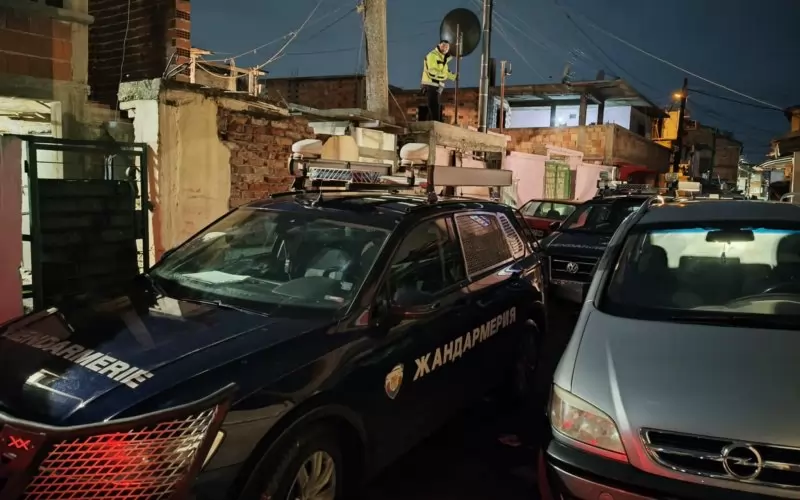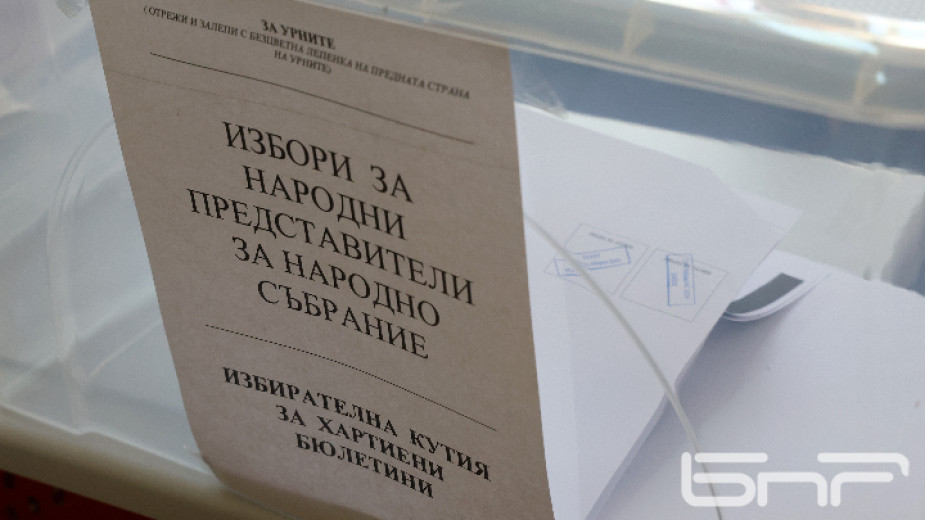Mappes-Niediek (2014) reports on marginalised Rroma in Romania, Bulgaria and Macedonia. He emphasises that it is not primarily the repeatedly criticised discrimination, but primarily the economic exclusion, the sometimes poor qualifications or the lack of relationships in the world of employment that keep Rroma marginalised. However, he disregards that there are Rroma who are well educated, but are not perceived as members of the minority. Also, not all Rroma have many children, as the Rromni he portrays: “As the world suddenly began to spin faster, Elena Costache was 34 years old. She lived with her husband and nine children in a house with four rooms in the Bucharest district Ferentari. She had a steady job in a bindery, where she packed the shipping goods. Then everything went quickly. The bindery was forced to close. Her husband also lost his job […]. That they are Roma or, as they say here, Țigani – Gypsies – for Elena, Cristina and Gheorghe is not worth a thought, besides their many problems. Nevertheless, their fate has to do with their ethnicity – though not as the simplifiers try to make believe. […] After the turnaround, the number of jobs fell to less than a half. Million industrial workers were attracted from the cities to the countryside, where the state refunded them the house with a hectare of arable land, which had once belonged to their grandparents. Many remained there and still live almost without money, only living from their plots. About ten percent of the population got nothing from the land distribution. Not because they wanted to discriminate against them, but because even their grandparents didn’t have any. The Roma were slaves in Romania since the Middle Ages, and were not allowed to own land.” Mappes-Niediek show that it is no general racism, which keeps the excluded Rroma at the margins of society, but that it is a combination of sometimes historically low professional qualifications with an economic marginalisation, which makes it difficult to break out of the spiral of poverty. However, it must be emphasized that Mappes-Niediek only portrays the marginalised Rroma, and therefore mistakenly equates the minority with an underclass. However, Rroma in South-eastern Europe – with the exception of Romania –have been integrated for centuries and are found in all professions.
- Mappes-Niediek, Norbert (2014) Unter Verlierern: Für die osteuropäischen Roma wurde die Wende zur Katastrophe. In: Südwestpresse online vom 5.11.2014. http://www.swp.de/ulm/nachrichten/politik/Unter-Verlierern-Fuer-die-osteuropaeischen-Roma-wurde-die-Wende-zur-Katastrophe;art4306,2881385







